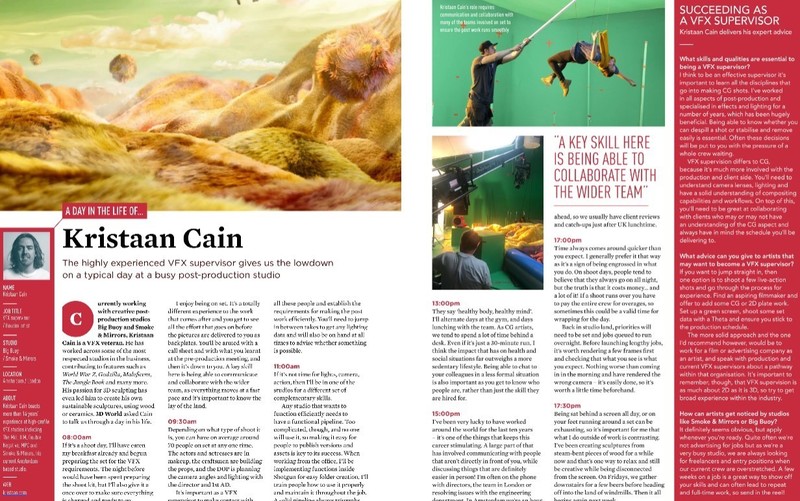
No buildings within the blast radius were immune to damage, even beautiful landmarks such as the Mohammad Al-Amin Mosque.

The resulting model could then be used to inspect and measure the damage and subsequently determine where to begin with rebuilding.

The plan took shape to use unmanned aerial vehicles (UAVs or ‘drones’) to gather images of the city, and then process the data using photogrammetry software that could merge the imagery to create a 3D point cloud. An aerial map would also provide more information about the status of buildings and their surroundings.

With city access difficult, an aerial map rapidly become the most realistic alternative since it could be created more quickly than a terrestrially scanned map. They decided to assess the damage and provide the resulting data as an open-access resource for any group involved in the recovery effort. With employee roots in Lebanon, the team at Augment felt the irresistible urge to go and help. International efforts started immediately, with humanitarian aid ranging from medical support to clearing debris. The scale of the devastation was so extreme that it was difficult to know where to begin. More than 200 people lost their lives and a further 300,000 people were displaced, as buildings were damaged as far as 5km away from the blast site.

When an ammonium nitrate stockpile totaling over 2,000 tonnes blew up in August 2020, the Beirut capital of Lebanon was rocked by a huge explosion. Augment specializes in digital facility management through the creation of as-built models of facilities called Augment Information Models (AIM), enriched with facilities management information. As a small Luxembourg-based company with employee roots in Lebanon, the Augment team felt the irresistible urge to go and help when the explosion happened. Pix4D provided software and processing solutions in a recent UAV mapping project by Augment to assess the damage caused by the devastating explosion of an ammonium stockpile in Beirut in August 2020.


 0 kommentar(er)
0 kommentar(er)
